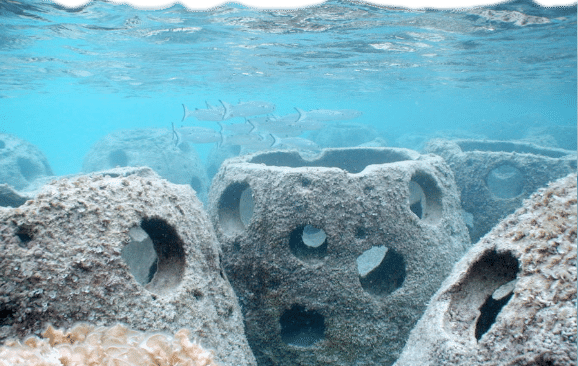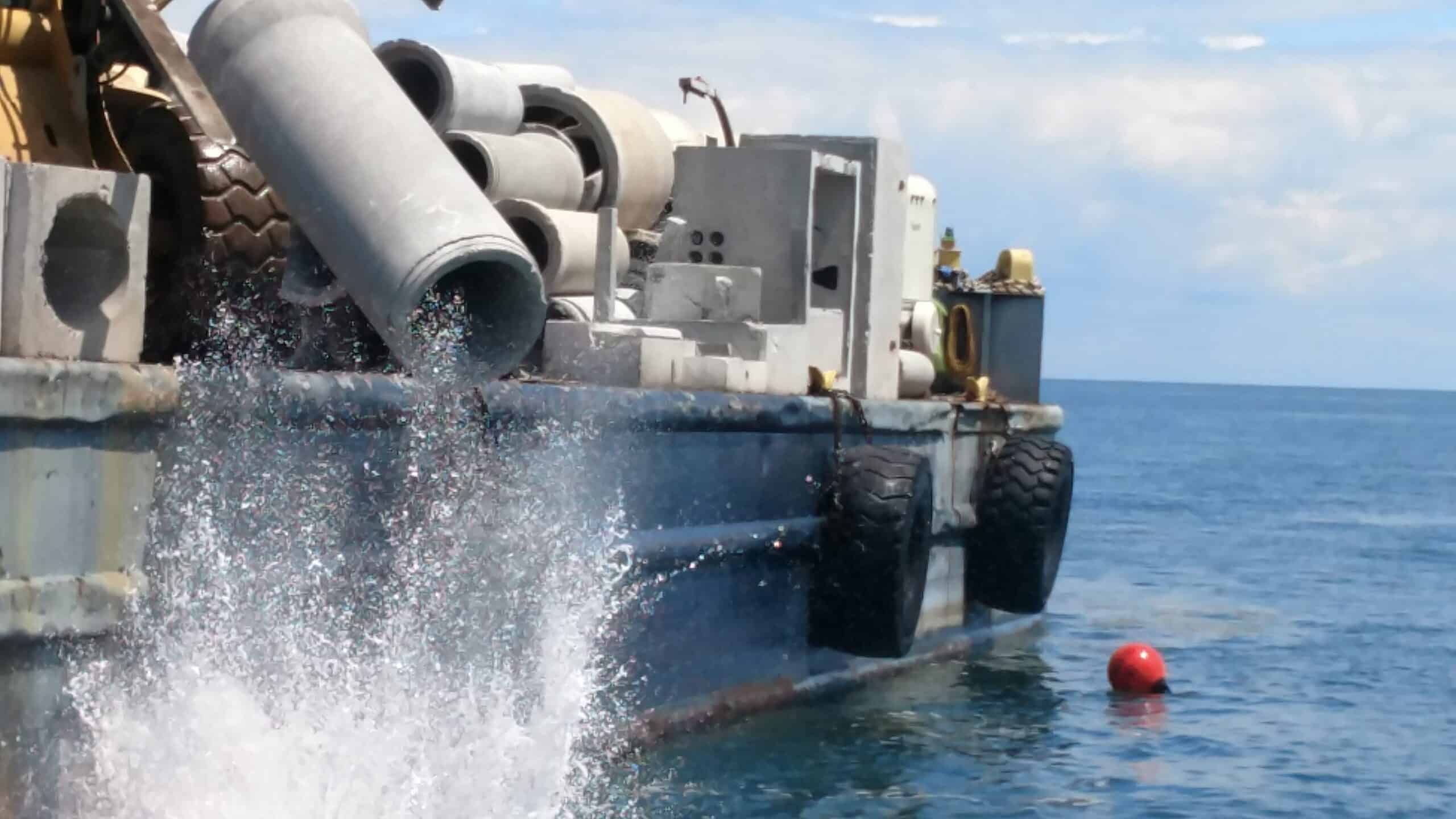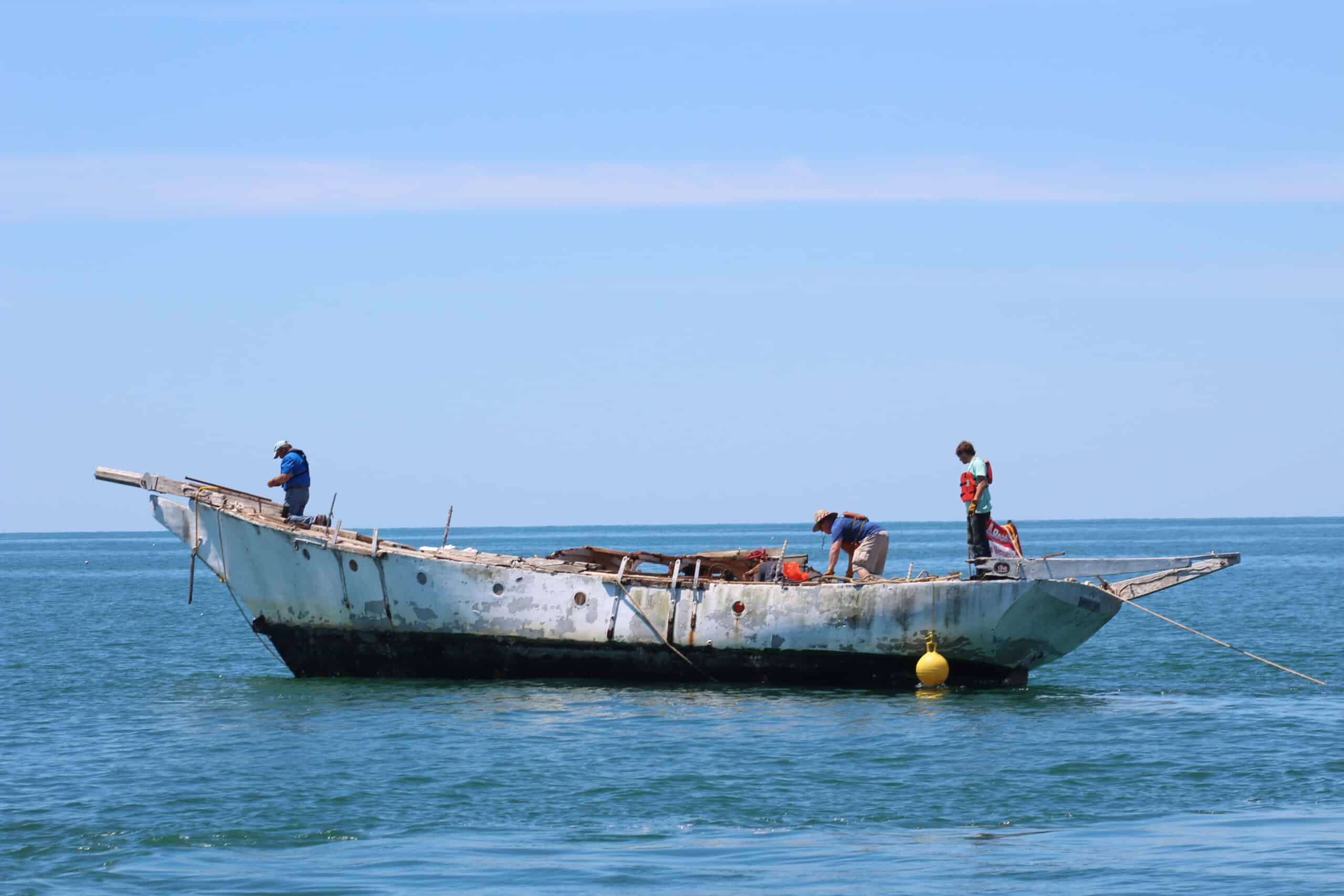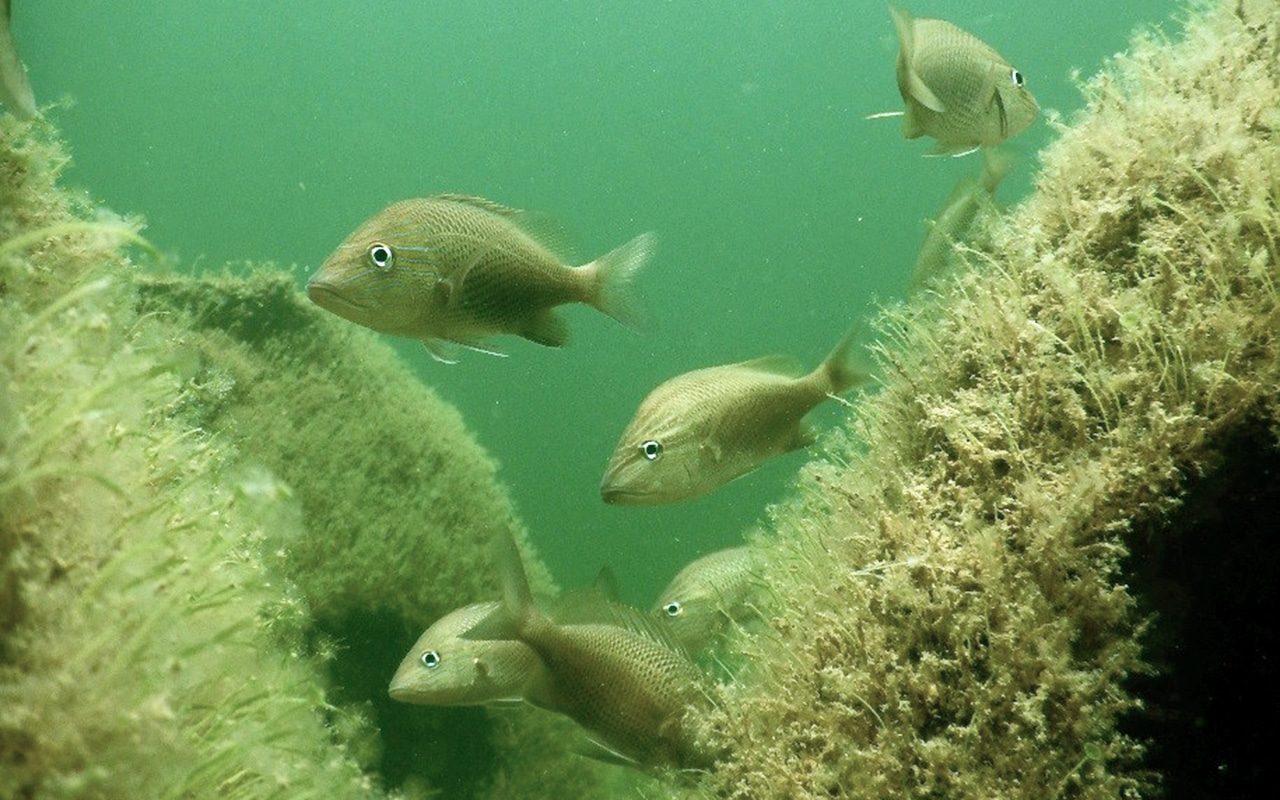Hernando County has taken the initial steps to expand its offshore reef system, courtesy of $2 million in grant funding from the BP oil spill settlement.
The purpose of the new project is to complete the planning, design, permitting and monitoring of ten new artificial reefs. The overarching goal of the reefs is to enhance and increase nature-based tourism within the county while also creating essential habitats for fish and sessile invertebrates.
The proposed reefs would be created with manufactured “reef balls” of different sizes. A reef ball is a man-made reef that mimics the structure and function of a natural reef. They are made from a special concrete that is pH-balanced and marine-friendly. Reef balls are used to create habitats for fish and other marine life, restore coral reefs, and create new scuba diving and fishing sites.
Barry Vance, president and CEO of Gainesville-based Water and Air Research, recently attended a public hearing on the proposed project. His company has been retained for the project’s initial phase, which includes applying for site permits and conducting a complete study of the project’s feasibility. “Even if you don’t go on the water, it really affects a lot of the aspects of the coastal community,” Vance said at the meeting. Should the project receive final approval to move forward after the study, the actual construction of the reefs is slated for “about” 2025.
Once the project is completed, Vance notes, it is anticipated to significantly benefit the county’s marine ecosystem. This will be achieved through the creation of additional habitats for fish, which is expected to lead to an increase in fish populations. As a result, predators such as birds, dolphins and larger fish species are likely to find abundant food sources.
Hernando County’s Reef String
Hernando County currently has seven permitted reef projects off its shoreline, each with a number of sunken items, such as clusters of the proposed reef balls. The reef projects began in 1995 with the Bendickson reef, when ten Vietnam-era army tanks were placed about 20 miles offshore in less than 30 feet of water.
Since then, the reef string has been expanded with concrete culverts, reef balls, and sunken boats. In 2019, The Hernando County Port Authority and Aquatic Services Division deployed a decommissioned concrete sailboat called the ‘Ghost Ship’ within Bendickson Reef, located 20 nautical miles west of Hernando Beach. The 16-ton, 46-foot decommissioned vessel lies between Bendickson sites one and three, along with 25 reef balls to provide habitat and protective cover for baitfish. The Ghost Ship was the first Adventure Coast wreck dive site and increased the structural complexity of this underwater habitat. The ship also serves as a connecting trail between structures, adding to diver experiences. The reef project has since attracted both divers and fishermen from all over the world and significantly boosted the area’s eco-tourism industry.
Benefits of Reefs
Through the U.S. Fish and Wildlife Service Sport Fish Restoration Program and the state’s saltwater fishing license revenues, the FWC Artificial Reef Program provides annual financial grants to local government, nonprofit organizations, and state universities for new reef construction and monitoring. Florida has distributed more than $26,575,000 for artificial reef-related activities.
According to the US Fish and Wildlife Service, artificial reefs are beneficial for multiple reasons including:
– Enhancing recreational and diving opportunities
– Providing socio-economic benefits to local coastal communities
– Increasing reef fish habitat
– Mitigation reefs to replace hard bottom habitat lost through activities such as beach re-nourishment and damage caused by vessel groundings
– Oyster reef regeneration
– Shoreline protection
Encompassing 34 of 35 different coastal counties spread along 1,357 miles of oceanfronting coastline, Florida manages one of the most diverse and active artificial reef programs in the United States. The FWC Artificial Reef Program currently reports an estimated 4,005 artificial reef deployment locations state-wide. Artificial Reefs are about evenly divided between state and federal waters and range from four feet in depth to 500 feet, with an average depth of 62 feet.





